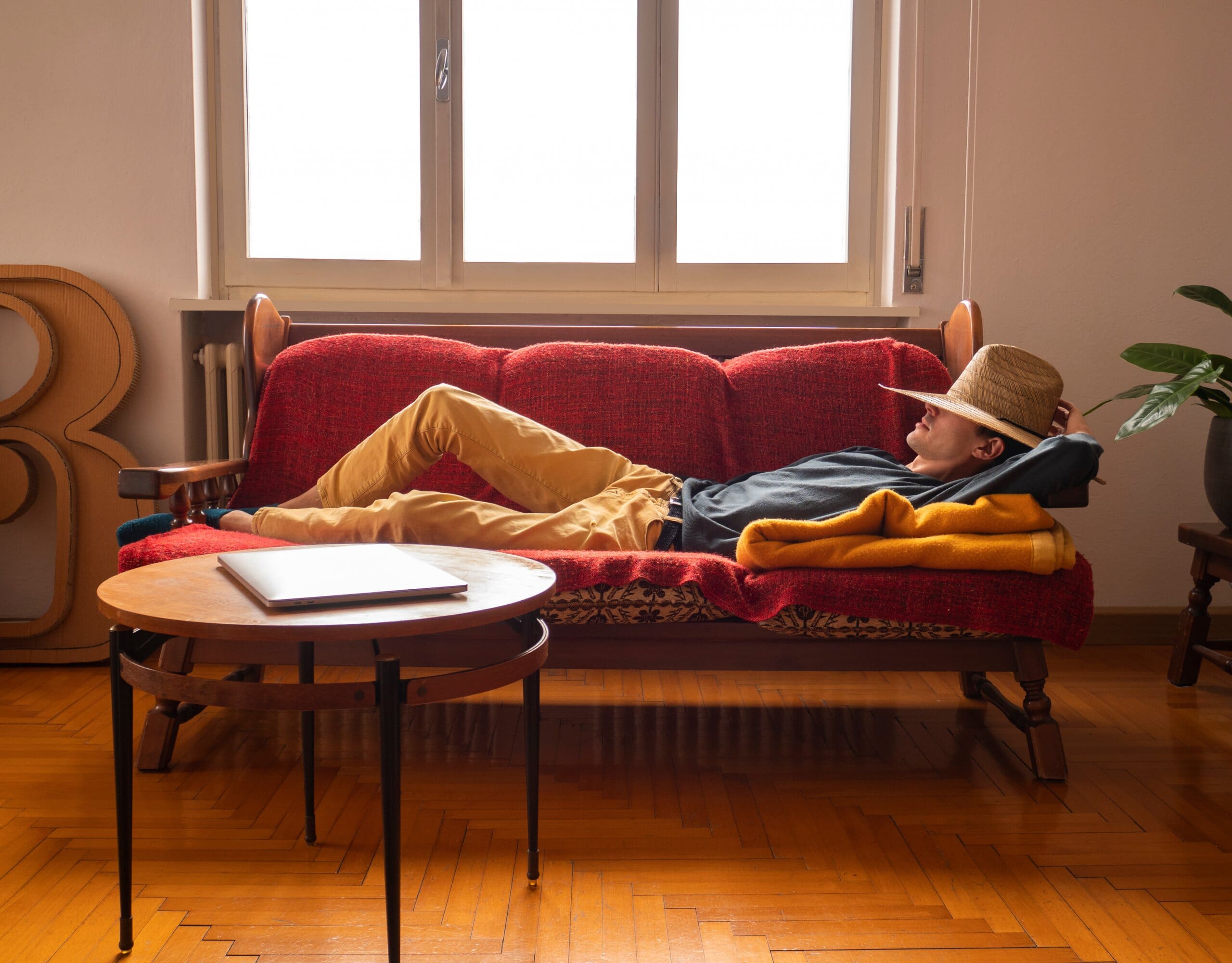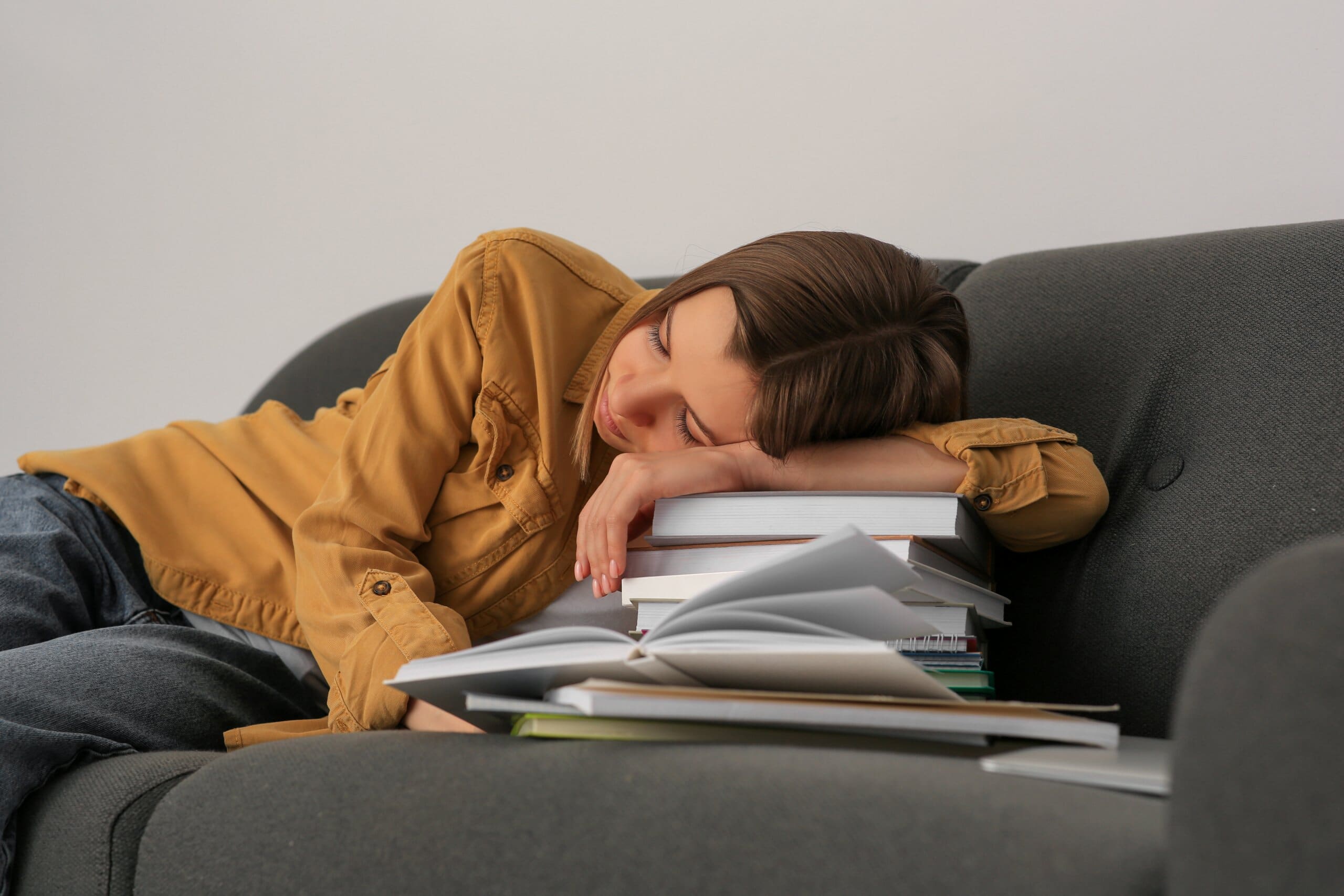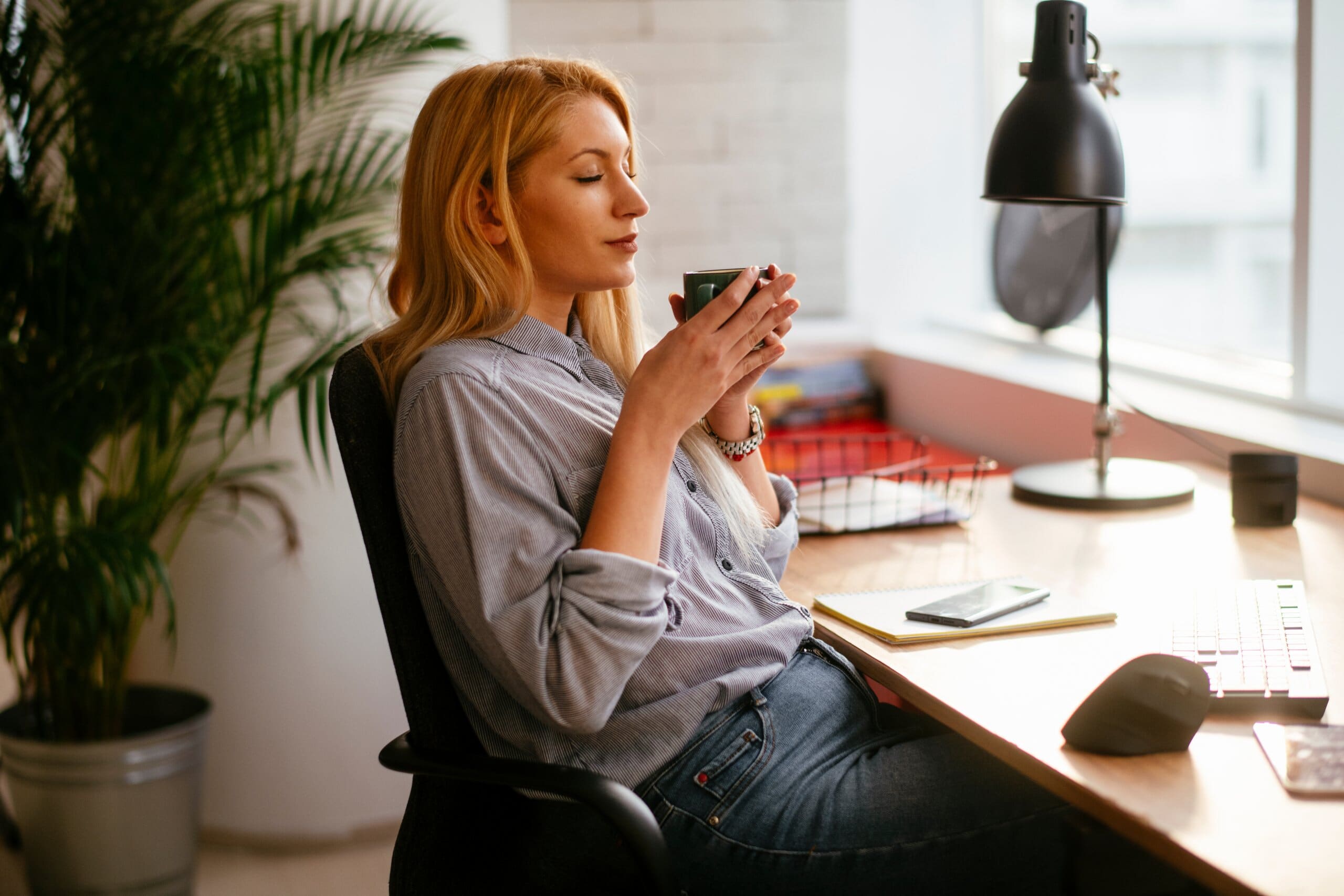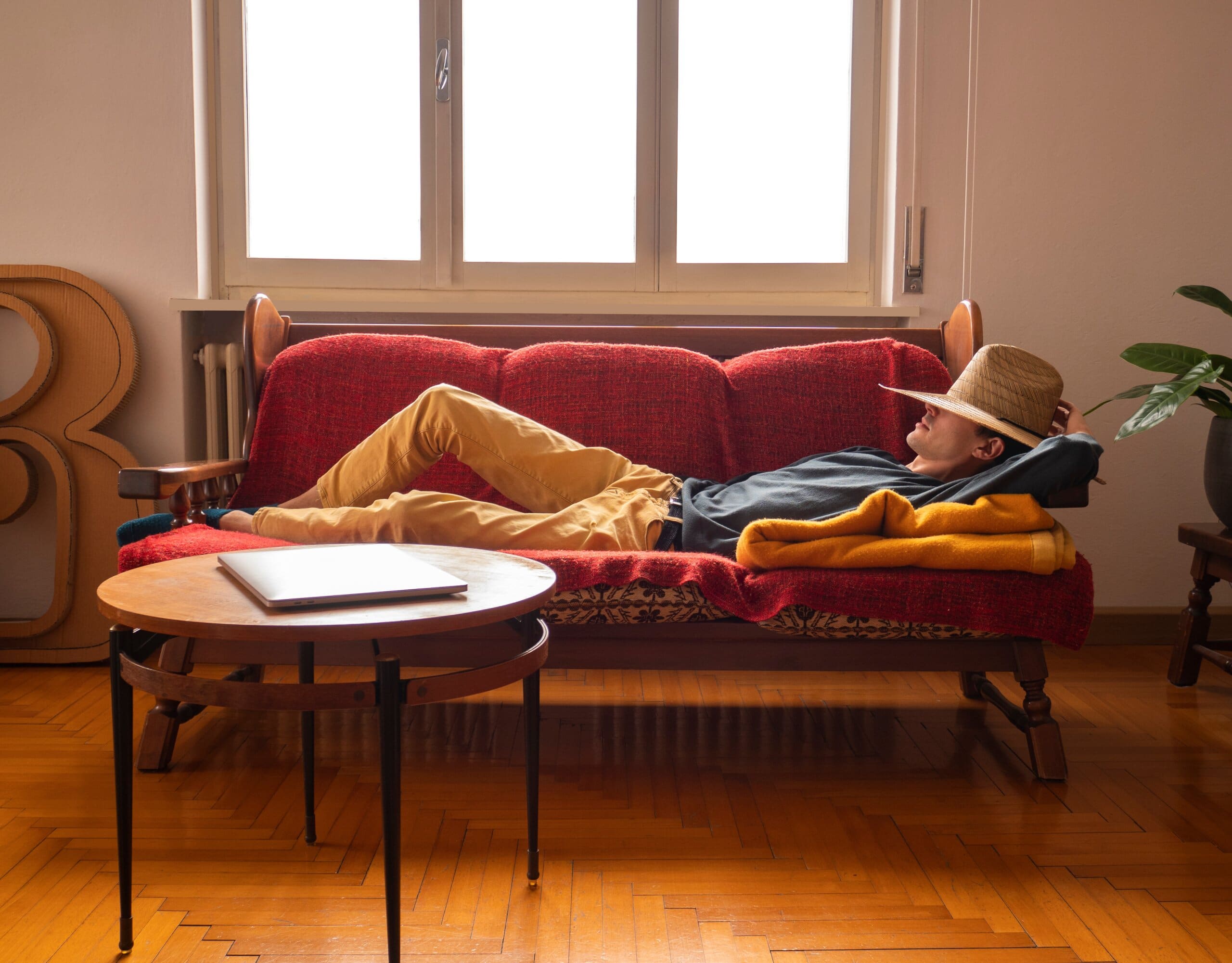Whether you’re a serial napper or are just looking for a way to get a bit of rest during the day, you should know that taking the perfect power nap isn’t as simple as it might seem.
Do you find that it’s 50/50 whether you wake up refreshed after a nap or even groggier than before? Don’t worry, our sleep experts have discovered six tips to ensure your naps are perfectly rejuvenating every time.

1. Don’t let your naps exceed thirty minutes
The ideal length of a nap is twenty minutes, but don’t let it go over thirty minutes. Any longer than that, and your body will enter into a deep sleep cycle. The idea of a nap is to give your body a little bit of light sleep to reset its energy levels, but going into a deep sleep is going to make you feel groggy when you interrupt it.
2. Time it right
You might get home from work and want nothing more than to have a little nap on the sofa. However, napping any less than eight hours before your actual bedtime will seriously mess with how well you’ll sleep at night, and if done regularly, could eventually lead to hypersomnia.
The best time to nap is as soon as you feel the ‘afternoon slump’ hit - usually just after lunchtime. Your alertness naturally dips in the afternoon, so the best time to have a little restorative sleep is as soon as you start to feel drowsy.
Of course, this isn’t always possible if you work during the day. Don’t be tempted to fall into a pattern of napping when you get in from work - instead, focus on optimising your nightly sleep instead, as this will help you feel more energised in the long run.
If you’re lucky enough to work from home, a nap during your lunch break has been proven to increase cognitive functions and workplace performance, so definitely consider adding one to your schedule.

3. Optimise your napping environment
If you’re trying to squeeze in a quick twenty minute power nap in your afternoon, it’s going to be annoying if you’re disturbed halfway through.
Try to limit the amount of distractions around you - put your phone on silent (but make sure your alarm will wake you up at the right time) and ask people in your home if they can leave you undisturbed for a few minutes.
Try to let some natural light into the room, so that your brain doesn’t accidentally think it’s nighttime and attempt to fall into a deep sleep. Light has a considerable impact on your circadian rhythm (your sleep-wake cycle), so keeping some light in the room will ensure you are able to wake up as soon as your alarm goes off.
4. Give yourself time to come round
When your nap is over, don’t immediately rush back to whatever you were doing before. Your brain and body has just done some serious work restoring your energy levels, so don’t ruin it by going straight into a complex task.
Slowly ease yourself back into your work, and you’ll find your energy levels will increase as your brain is now more able to process information.
5. Try a ‘caffeine nap’
A ‘caffeine nap’ is where you drink a cup of coffee and then immediately take a twenty or thirty minute nap. The idea is that by the time you wake up, the caffeine will have just started to take effect, meaning you’ll rise with a super energy boost.
Caffeine naps combine the energy boosting effects of caffeine with the restorative properties of a nap - the best combo for getting through the afternoon. Research has shown that a coffee nap is actually more effective than drinking coffee or taking a nap on its own.
You’ll need to sleep before any effects of the caffeine begin to take place, so the best advice is to down a shot of espresso (you’ll need around 200 milligrams of caffeine for the best result) and then get busy sleeping straight away.

6. Choose the sofa over your bed
While it’s not a good idea to fall asleep on the sofa in the evening, the sofa is the best place for an afternoon nap.
This is because your brain won’t (or shouldn’t) associate the sofa or your living room with sleep, so won’t be tempted to fall into a deep sleep that will be hard to come out of.
If you find that you’re napping a lot, or really tired all of the time, you should consider investigating the cause. It could be that you’re not getting enough sleep at night, or it could be something you need to talk to your doctor about.


